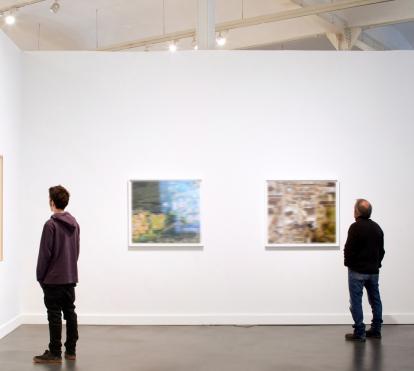
Palladio, the Architect (1508-1580)
21.05.09
2 minutes readFor five centuries the name Andrea Palladio, regarded as "the architect's architect", has been a byword for architecture. Born the son of a miller, he conquered the whole world with his revolutionary conception of architecture, and made it more democratic by applying it to farmhouses and bridges as well as palaces and churches. In his professional career he combined theoryfrom a deep knowledge of the architecture of the classical world and practice, conceiving surprising, beautiful and functional constructions like Villa Rotonda, near Vicenza, the great Venetian churches of San Giorgio and Il Redentore, and Villa Barbaro and Villa Emo in the Veneto. ”la Caixa” Social and Cultural Outreach Projects presents Palladio, the Architect (1508-1580), an exhibition that commemorates the quincentenary of the birth of the Renaissance architect and has been organised in association with the Royal Academy of Arts (London), the Centro Internazionale di Studi di Architettura Andrea Palladio (Vicenza) and with the participation of the Royal Institute of British Architects in London. The show covers Palladio's life and his professional career through more than 190 works, including large scale models, drawings, books, manuscripts and other original contemporary documents, as well as canvases by great artists such as Canaletto, Veronese, Titian, Bassano or El Greco. The exhibition also contains contributions from contemporary architects, among them Isozaki, Hadid, Navarro Baldeweg, Jimenez Torrecillas or Chipperfield, who give their personal vision of Palladio.